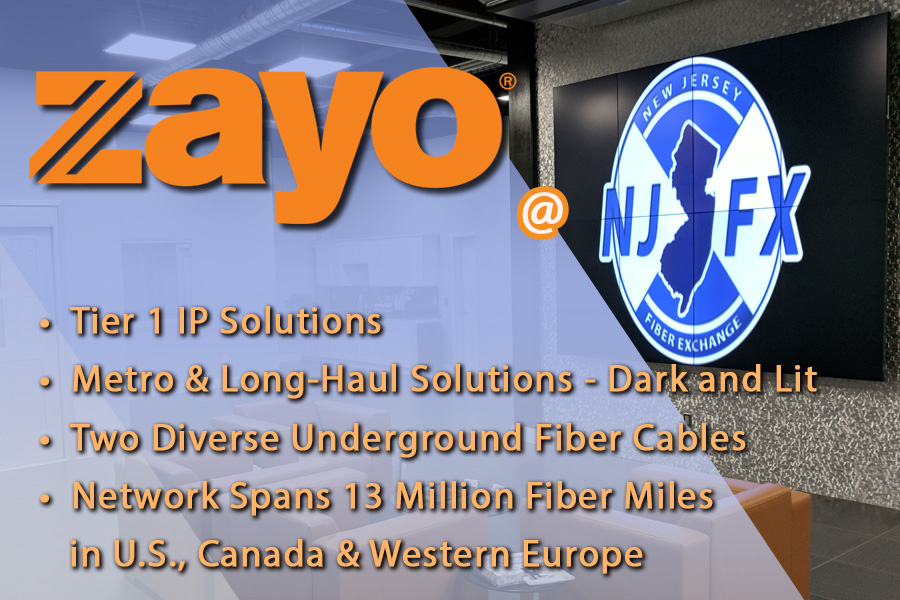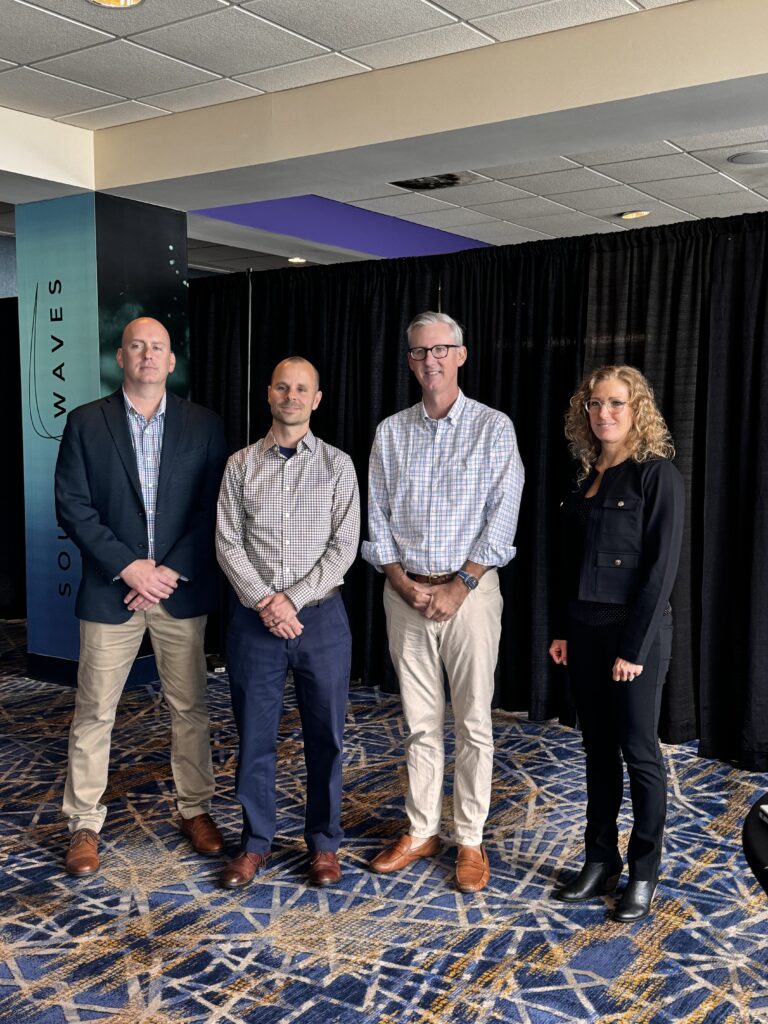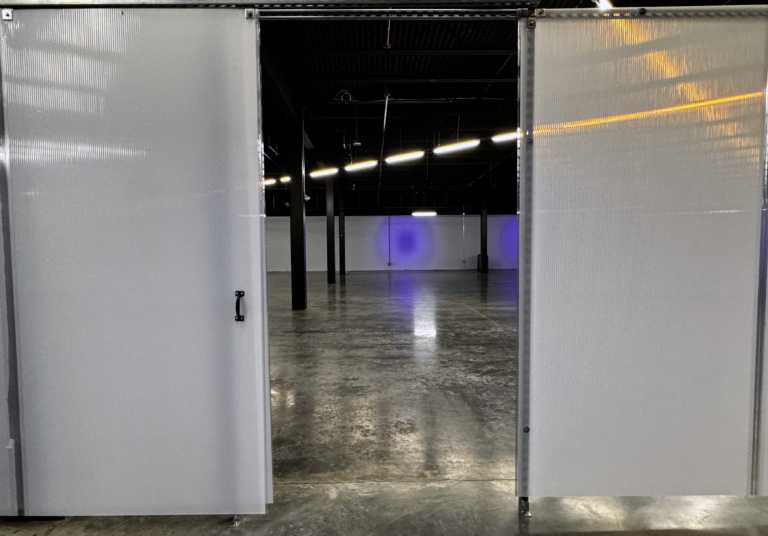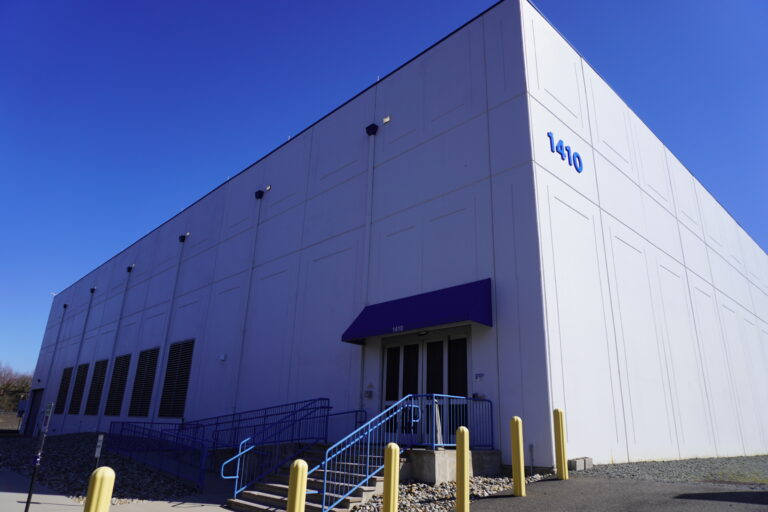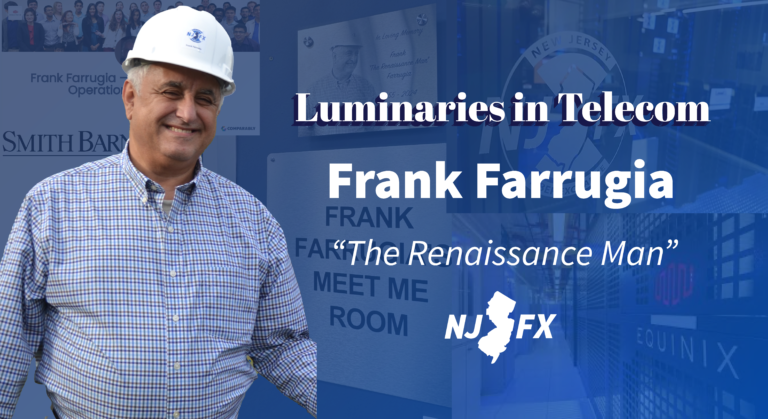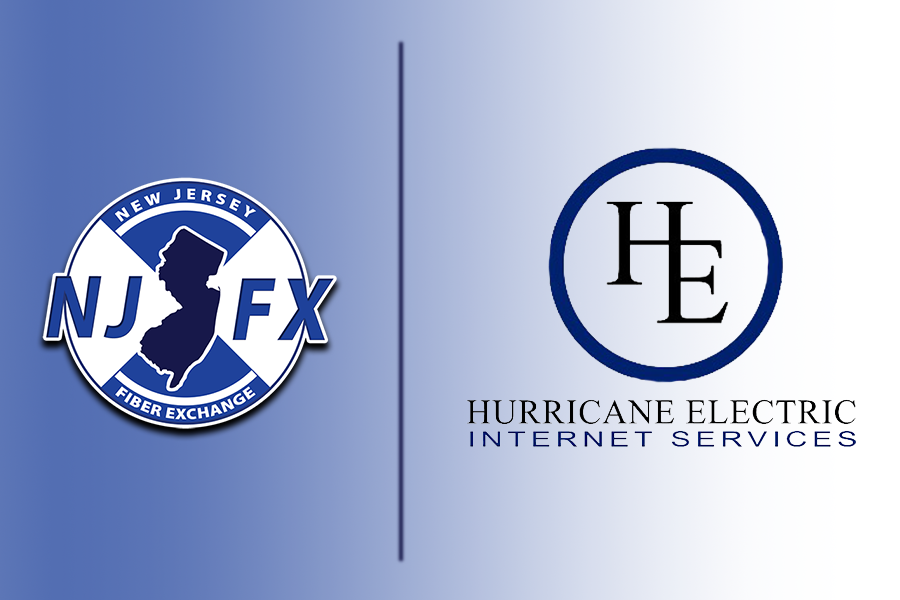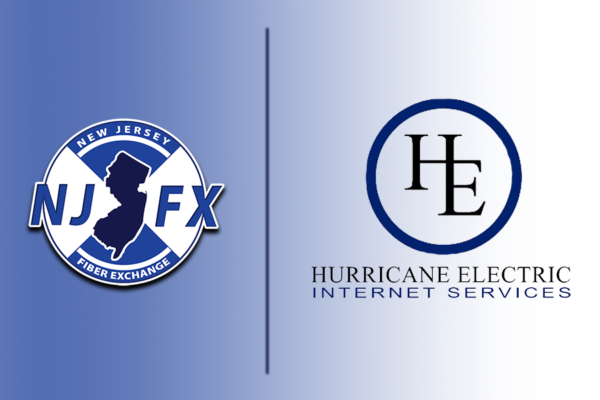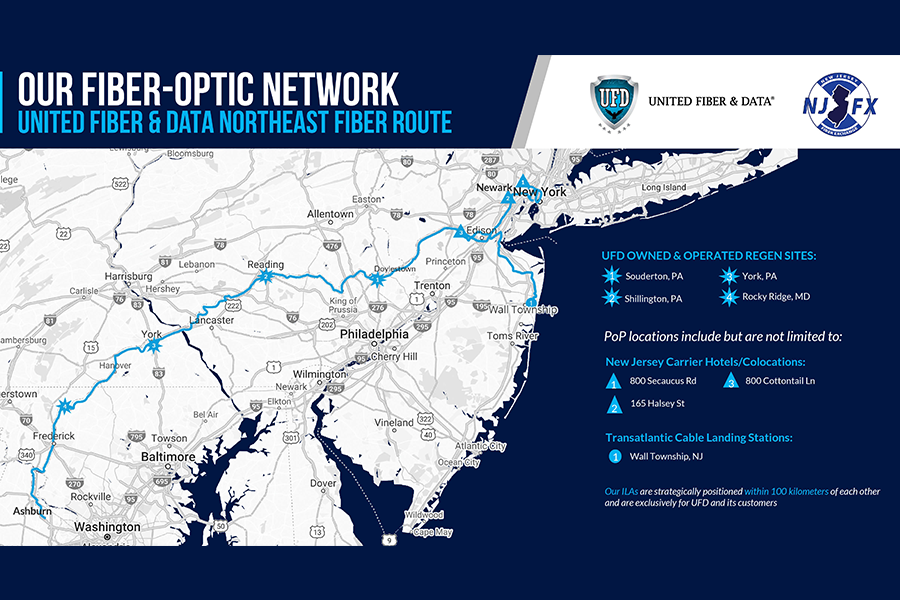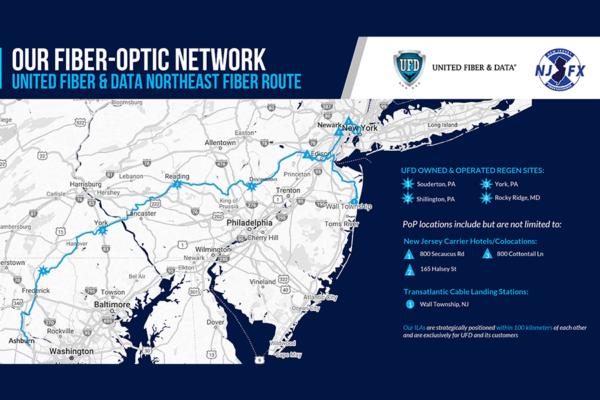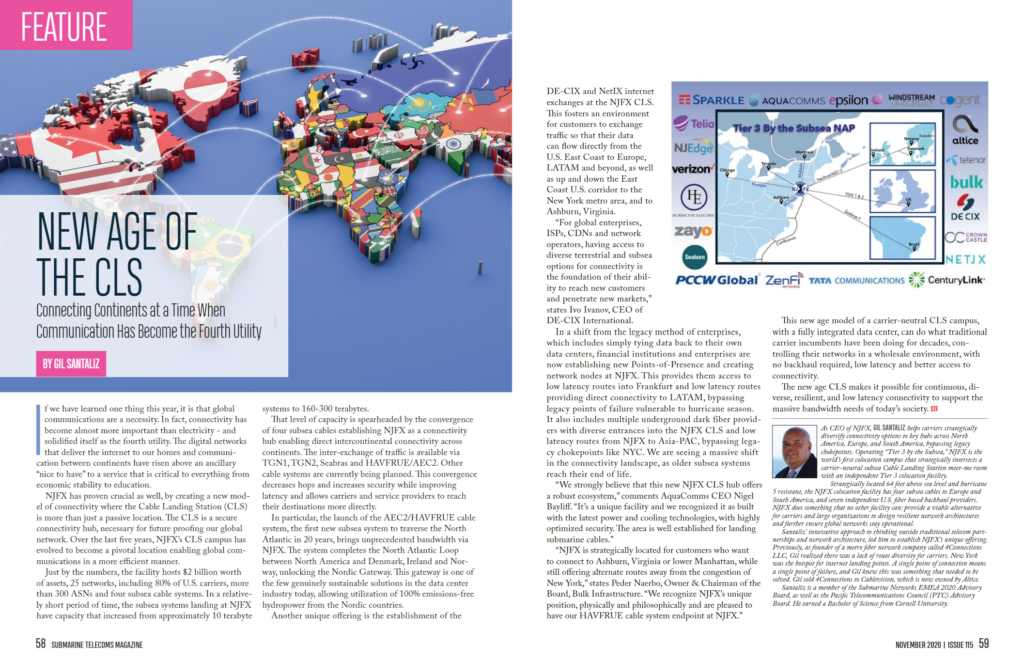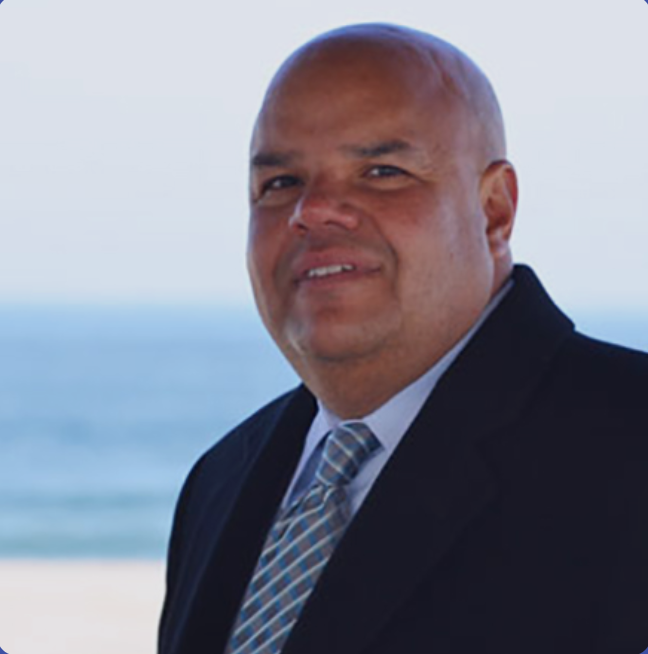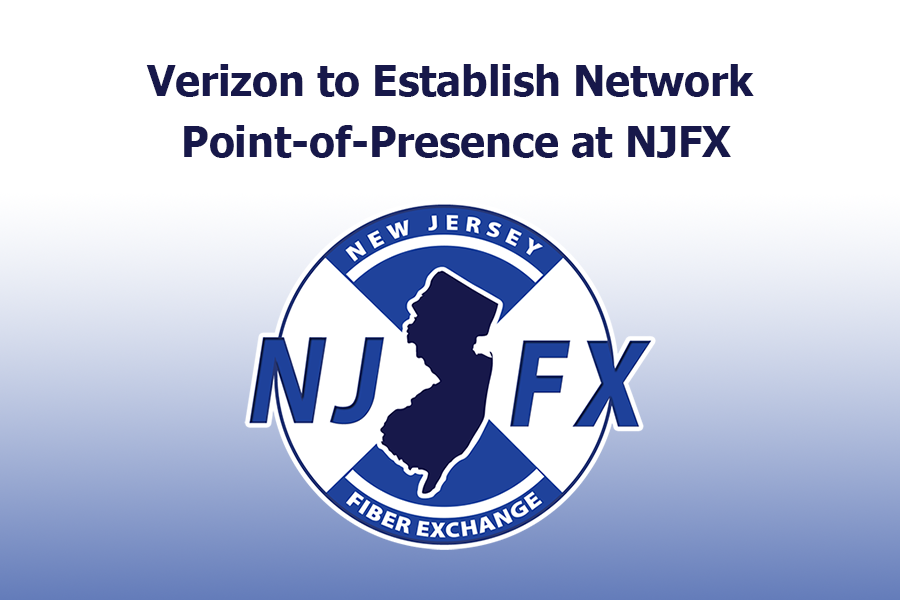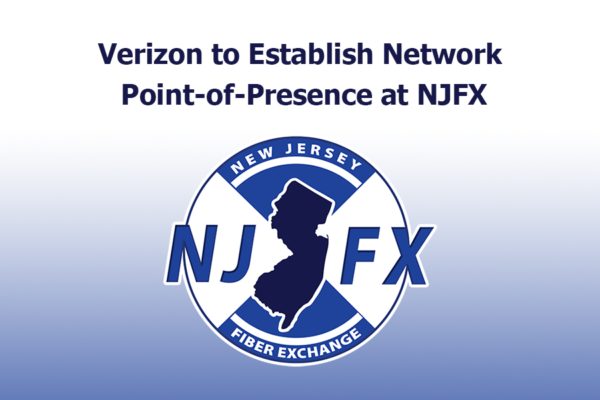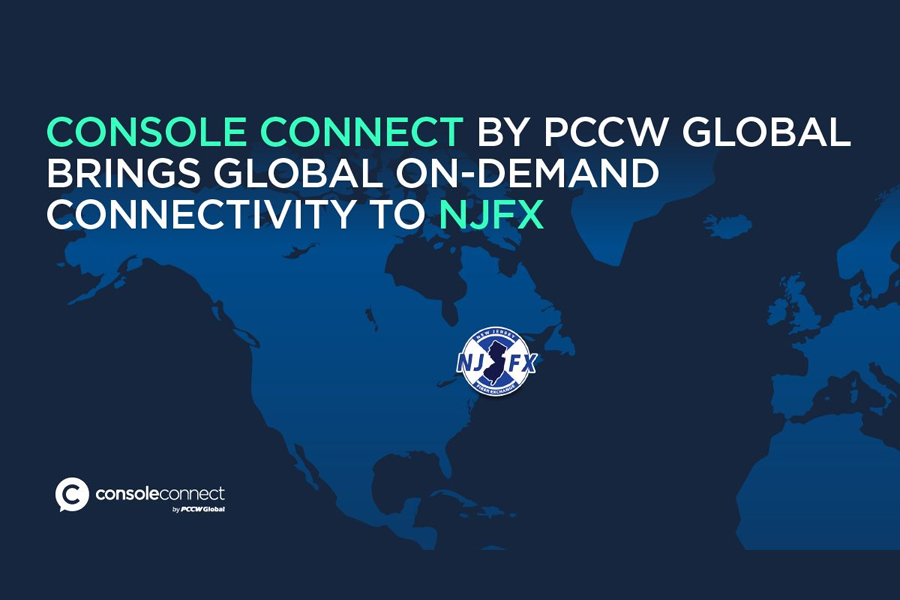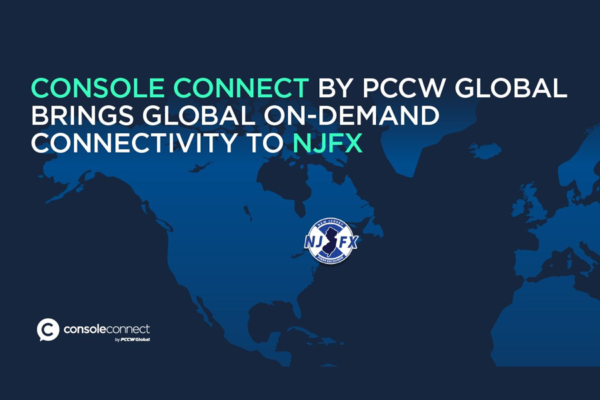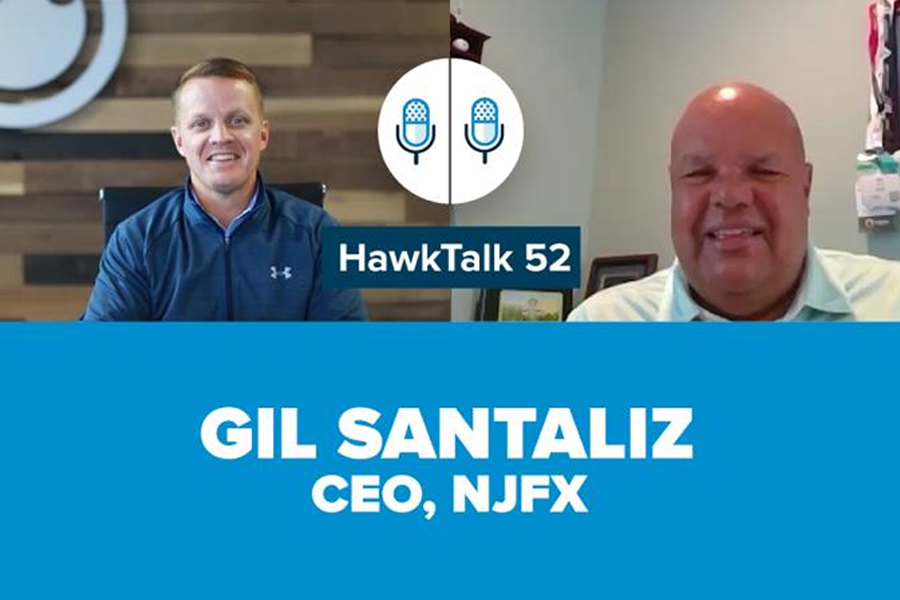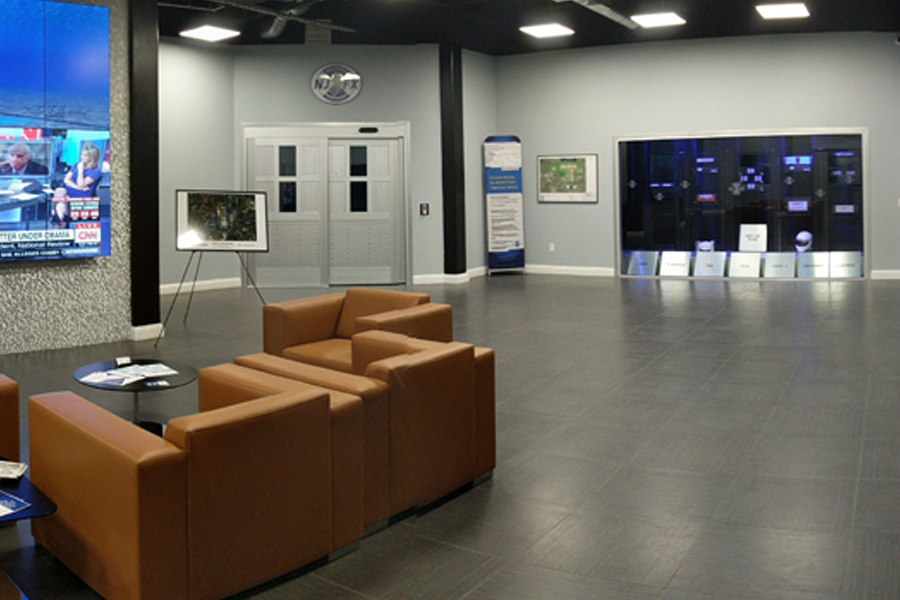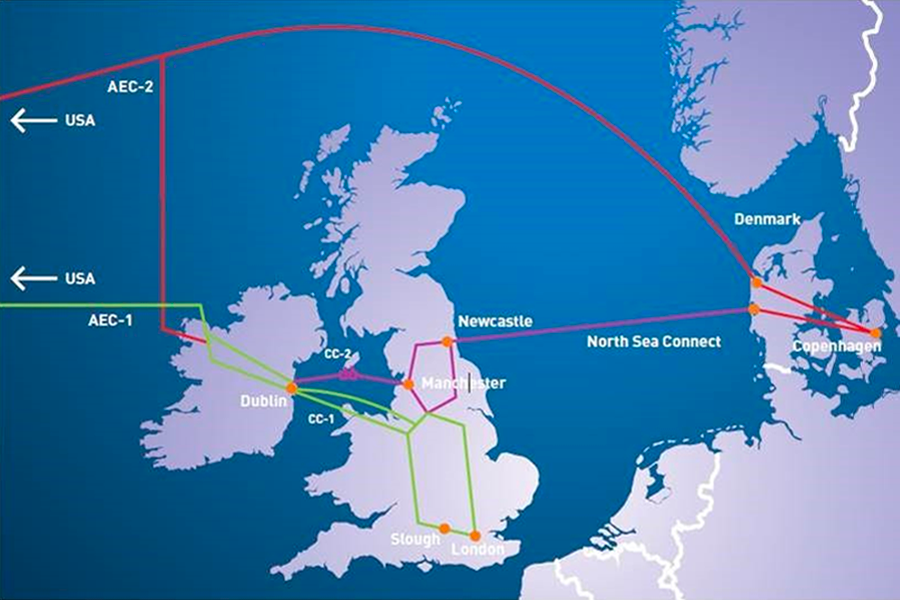NJFX Participates with the United Nations in Helping to Bridge the Digital Divide
NJFX Participates with the United Nations in Helping to Bridge the Digital Divide
Efforts Aimed at Getting the Other Half of the World Online
March 29, 2021
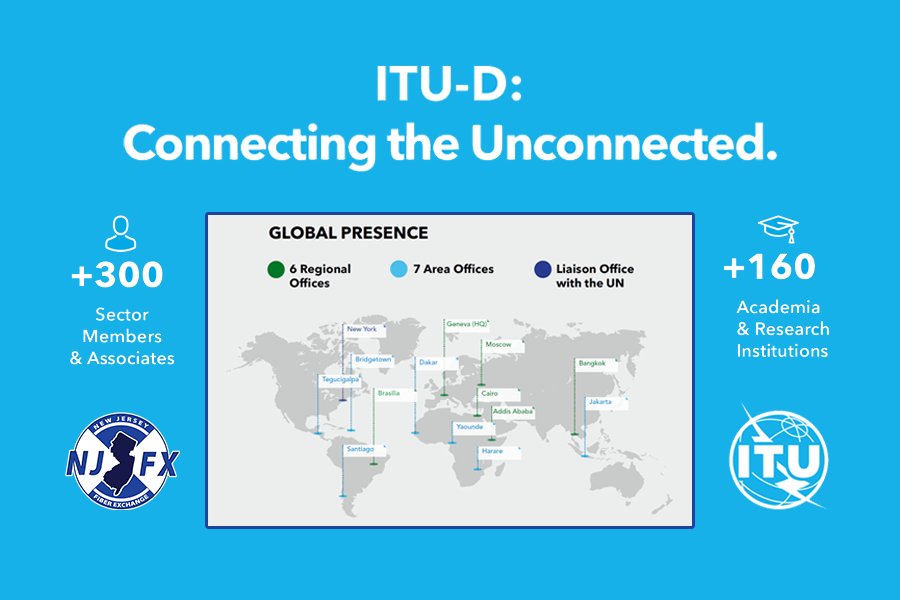
Wall Township, NJ – March 29, 2021 – NJFX, the only Cable Landing Station (CLS) colocation campus in the U.S offering Tier 3, carrier-neutral data center capabilities, today announced that it will join the International Telecommunications Union (ITU) to help bring connectivity to underserved areas. There are about 7.8 billion people in the world, and according to the ITU, 3.7 billion of them remain unconnected to the internet, representing nearly half the world’s population. NJFX is proud to join in this effort and recognizes that increasingly, internet access is becoming just as important as vital utilities like electricity and water.
The ITU is the United Nations’ specialized agency for information and communication technologies. NJFX has received federal approval to become an ITU Development (ITU-D) Sector member and has been officially confirmed to the group.
“NJFX is proud to be an ITU-D Sector member and bring awareness and expertise to this critical need of getting the rest of the world internet access, wherever they live and whatever their conditions, online,” comments Gil Santaliz, NJFX Founder and CEO. “To become a Sector member, we received U.S. Department of State scrutiny and approval. We are appreciative of our membership status with the ITU as they strive to improve access to information and communication technologies (ICTs) to underserved communities worldwide.”
NJFX currently has some of the world’s largest Tier 1 IP providers colocated at its CLS Campus including Altice, Cogent, Lumen (formerly known as CenturyLink), Hurricane Electric, Tata, Telia, Verizon and Zayo. NJFX is also now coordinating with the largest U.S. eyeball networks to deleverage New York City for critical content delivery. In addition to providing connectivity where it’s needed, access to content, including to major U.S. financial institutions, needs to be available during times of manmade or natural disasters. Availability has societal benefits and needs to always be a click away.
The Telecommunication Development Sector (ITU-D) fosters international cooperation to provide the creation, development and improvement of telecommunication equipment and networks in developing countries. ITU-D also facilitates and enhances telecommunications development by offering, organizing and coordinating technical cooperation and assistance activities.
In November, the global effort will convene for the World Telecommunication Development Conference, in Addis Ababa, Ethiopia to set the stage for the next phase of objectives in this initiative. NJFX looks forward to following the conversation, developments and helping to drive advancements globally.
To learn more about the ITU, click here. To learn more about NJFX’s global ecosystem, visit https://njfx.net/ecosystem-of-carriers/.
###
About NJFX:
NJFX is a Tier 3 Carrier Neutral Cable Landing Station campus. Our colocation ecosystem has expanded to over 35 network operators offering flexibility, reliability, and security. Our Wall, NJ location provides direct access to multiple subsea cable systems giving our carriers diverse connectivity solutions and offers direct interconnection without recurring cross-connect fees.
More In the News
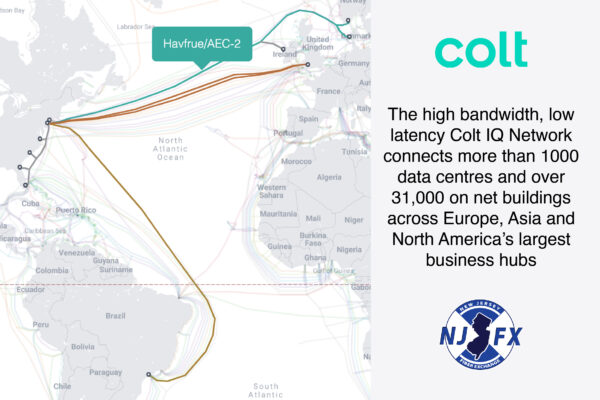
Colt launches PoP at NJFX bolstering subsea connectivity across the Atlantic
Colt launches PoP at NJFX bolstering subsea connectivity across the Atlantic Carriers can now access Colt Technology Services through their new point of presence (PoP)
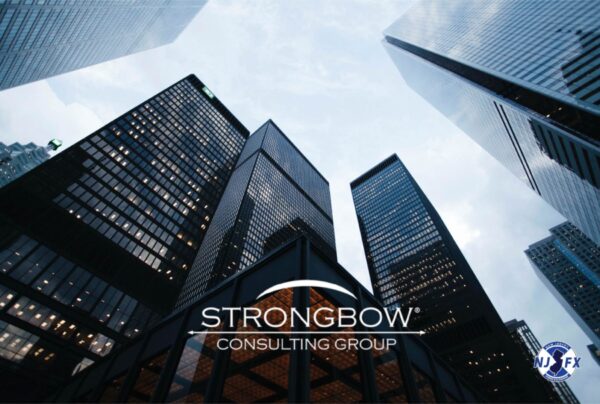
Experts in Infrastructure from the Data Center to the Desktop Interviews CEO Gil Santaliz
Experts in Infrastructure from the Data Center to the Desktop Interviews CEO Gil Santaliz Strongbow Group, Managing Director of Engagement Strategy, Barry Platzman, recently sat
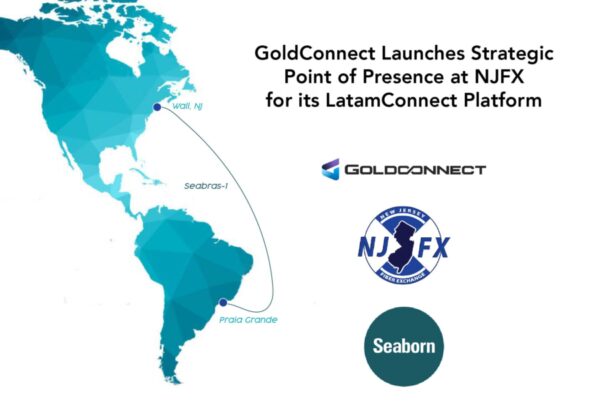
GoldConnect Launches Strategic Point-of-Presence at NJFX for its LatamConnect Platform
Orchest (foramlly GoldConnect) Launches Strategic Point-of-Presence at NJFX for its LatamConnect Platform NJFX Welcomes GoldConnect to Our Ecosystem of Carriers June 28, 2022 WALL TOWNSHIP
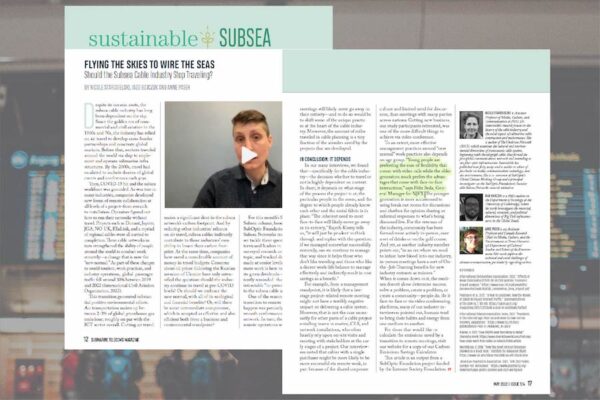
Flying The Skies to Wire the Seas
Flying The Skies to Wire the Seas Should the Subsea Cable Industry Stop Traveling? Gil Santaliz CEO SubTel Forum Magazine #124 – Global Capacity Published
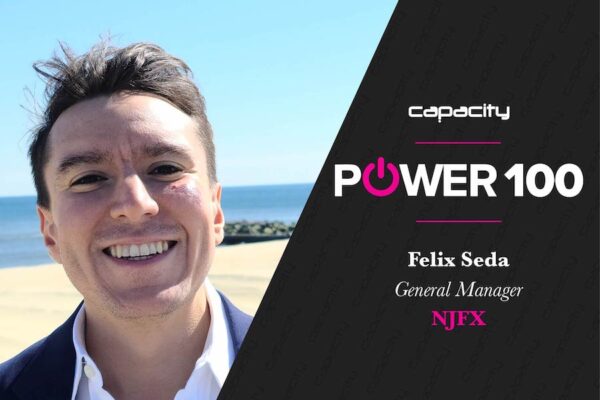
Felix Seda Awarded Capacity Media’s Power 100!
Felix Seda Awarded Capacity Media’s Power 100! Nominated by the industry and compiled by Capacity, the 2022 Power 100 profiles the trailblazers, innovators, and leaders
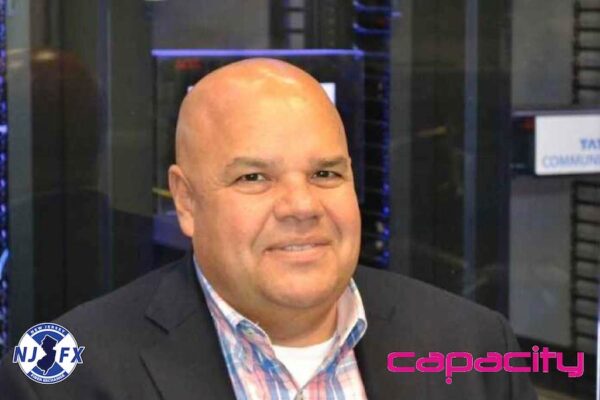
Keeping The Lights On
Keeping The Lights On From 9/11 to Hurricane Sandy, the US has had a number of wake-up calls when it comes to its infrastructure. NJFX
NJFX Participates with the United Nations in Helping to Bridge the Digital Divide Read More »
